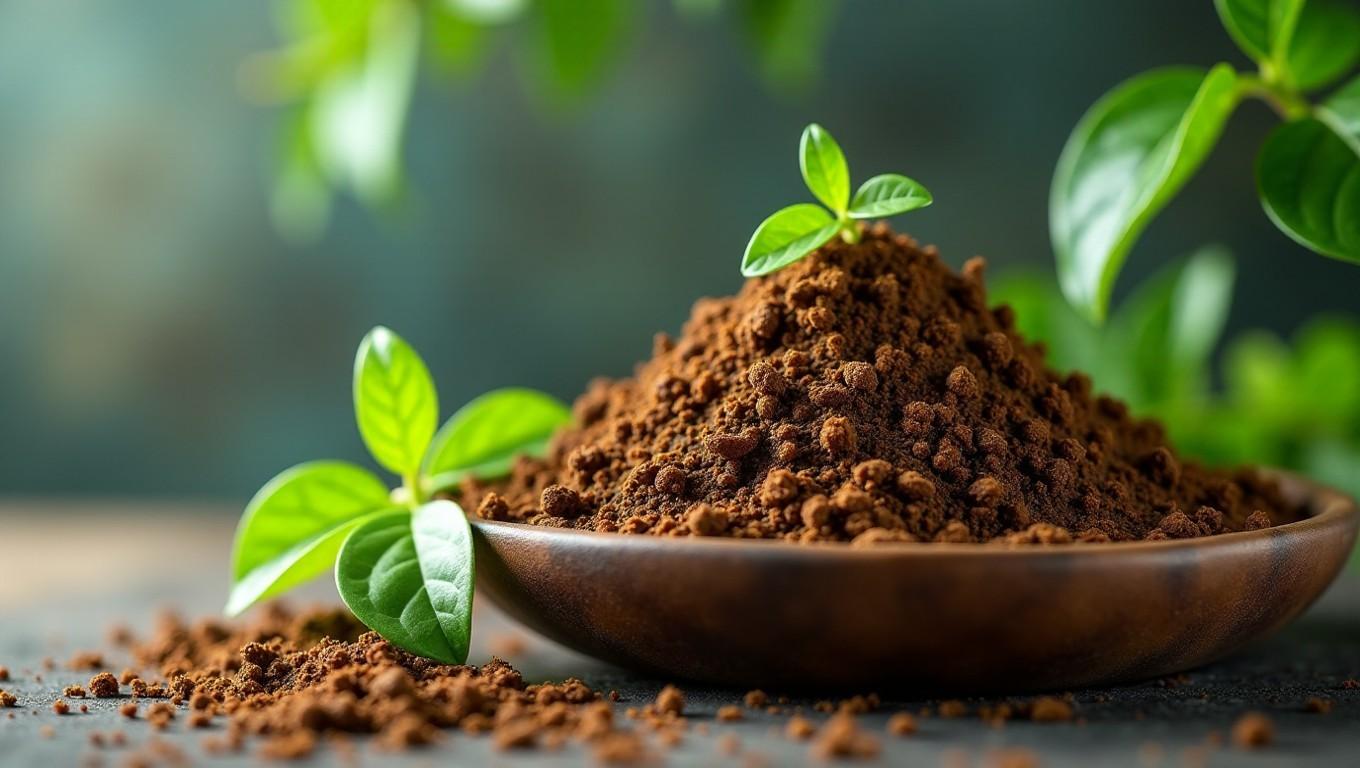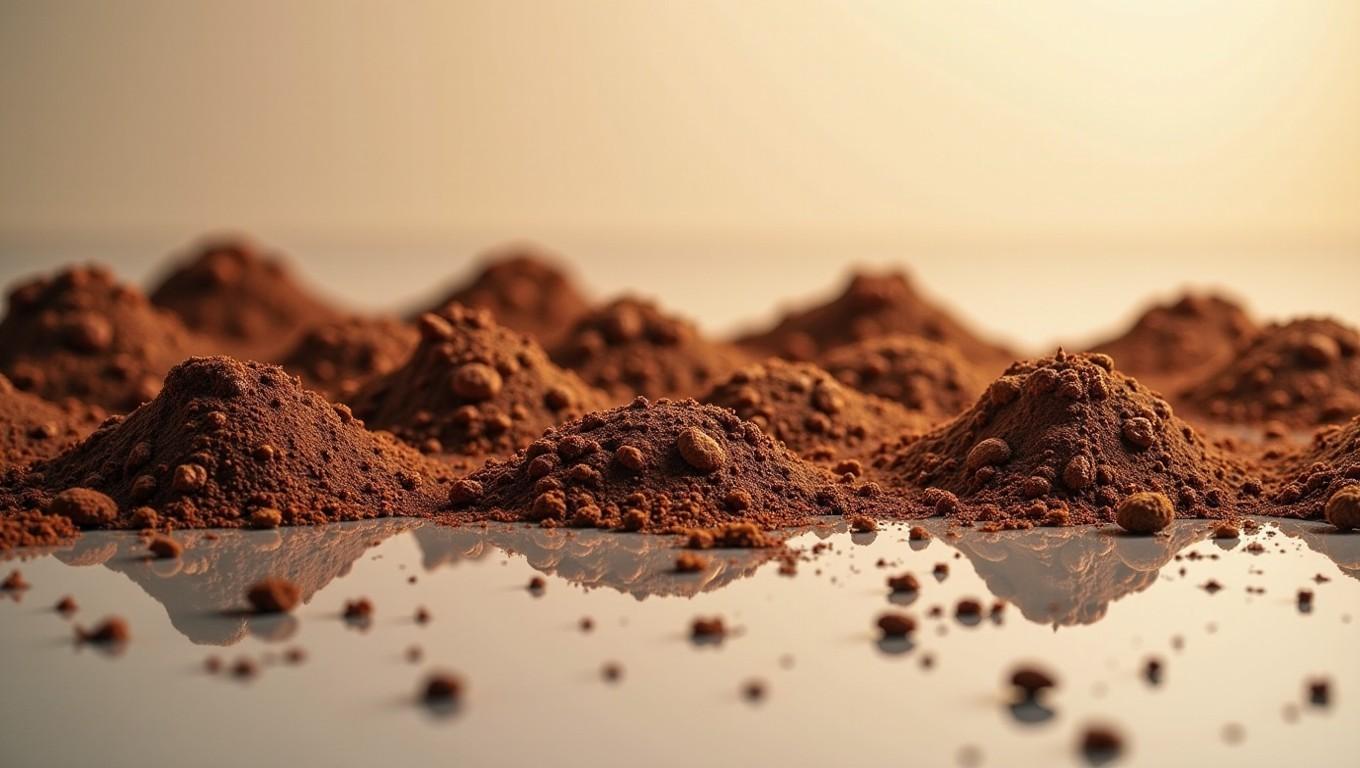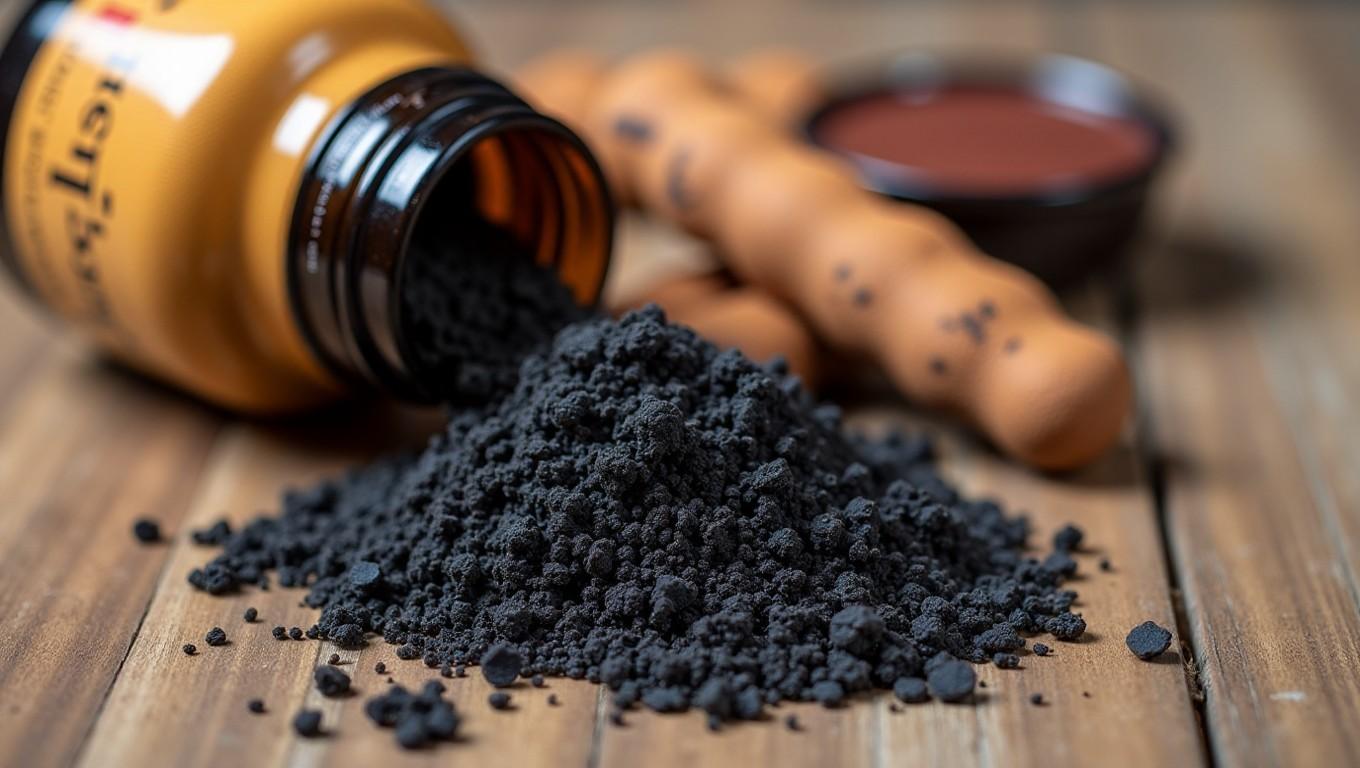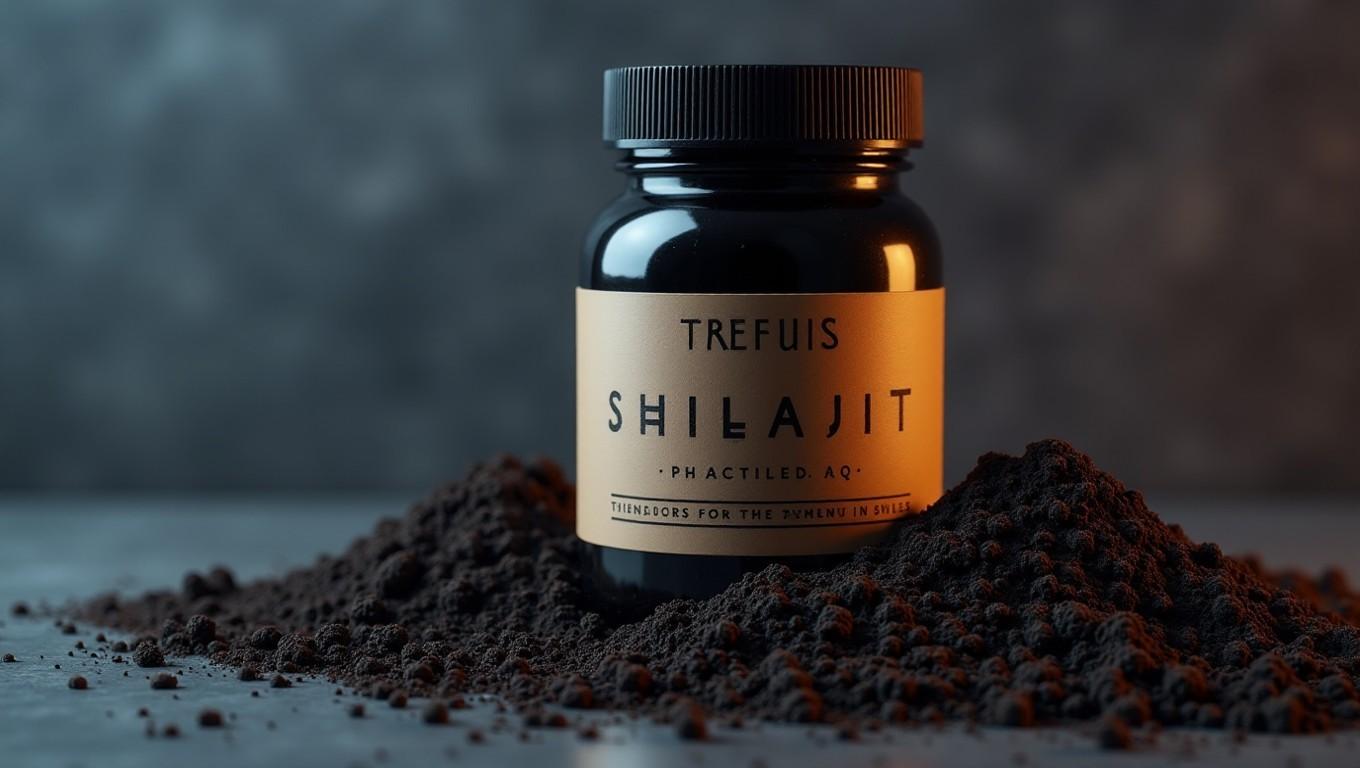In recent years, shilajit has emerged as a promising natural remedy for skin health and anti-aging. This ancient substance, known in Ayurveda as “mineral pitch,” is believed to have rejuvenating effects on the body. But does it hold up against modern skincare science? Let’s dive into what current research tells us.
Shilajit is a resin-like exudate found in mountainous regions that has been used for centuries in traditional medicine for its purported health benefits. It contains fulvic acid, humic acid, and over 80 trace minerals. These components contribute to shilajit’s antioxidant properties, which are crucial for combatting the free radicals that cause skin damage.
Antioxidants act like bodyguards, neutralizing harmful molecules before they can wreak havoc on your cells. When it comes to skincare, antioxidants protect against environmental aggressors like pollution and UV rays, and toxins that can prematurely age your skin. Shilajit’s fulvic acid content may be particularly beneficial due to its strong antioxidant properties.
Recent studies have investigated the effects of shilajit on skin health, with promising results. For instance, a study published in International Journal of Basic & Clinical Pharmacology showed that shilajit could support blood circulation and improve skin microperfusion. In this trial, researchers divided participants into three groups: one received a placebo, while the others took either 125 mg or 250 mg of purified shilajit twice daily.
The higher dosage of Shilajit (250 mg bid) showed greater benefits in skin microperfusion, enhancing dermoscopic skin redness. Further analysis revealed that shilajit stimulated angiogenesis-related genes, vascular endothelial growth factor A (VEGFA), and transforming growth factor beta 1 (TGFβ1). These findings suggest that shilajit may promote blood vessel formation and support skin repair processes.
Enhanced Skin Microperfusion
A key mechanism by which shilajit might benefit the skin is through improved microcirculation. In a double-blind, placebo-controlled trial involving middle-aged women, oral supplementation with 250 mg of shilajit twice daily for 14 weeks resulted in significant enhancements in skin microperfusion.
| Shilajit Dosage | Dermoscopic Skin Redness Improvement (Mean) |
|---|---|
| Placebo | 5% |
| 125 mg bid | 10% |
| 250 mg bid | 18% |
Note: Bid refers to “twice daily.”
Collagen Synthesis
Collagen is a fundamental building block of skin, providing structure and elasticity. As we age, our bodies produce less collagen, leading to wrinkles and loss of firmness. Shilajit may offer a natural boost to collagen production.
A study published in the Journal of Clinical and Diagnostic Research demonstrated that shilajit supplementation increased activity in genes linked to extracellular matrix (ECM) remodeling, particularly crucial collagen genes such as Col1A1, Col5A2, and Col14A1. RT-PCR verified these changes.
Collagen synthesis is a complex process involving various genes and signaling pathways. By enhancing the expression of specific collagen-related genes, shilajit might promote healthy skin structure. This could translate into smoother texture, better elasticity, and fewer fine lines over time.
Skin Barrier Function
Another critical aspect of skin health is its barrier function—how well it retains moisture and protects against pollutants. Researchers have tested shilajit’s impact on the skin barrier without finding any negative effects. No significant changes were observed in trans-epidermal water loss (TEWL), suggesting that shilajit does not compromise the skin’s natural protective layer.
Shilajit was also well-tolerated with no adverse effects noted during clinical trials. This means it can potentially offer skincare benefits without causing irritation or damage to the skin barrier.
Safety and Side Effects
While shilajit shows promise in enhancing skin health, its long-term safety profile remains an area of ongoing research. Most studies have tested shilajit’s safety for up to 90 days of consumption. For instance, a rat study from 2012 concluded that shilajit was well tolerated over 91 days of administration, with no evidence of iron toxicity.
However, more extensive human trials are needed to fully understand the long-term effects and potential side effects of prolonged use. Users should be cautious about increasing doses without consulting a healthcare professional first.
Purity and Quality
Not all shilajit products are created equal. Variability in composition based on sourcing can lead to differences in quality and safety. Some commercial products may contain heavy metals or other contaminants, posing health risks if consumed improperly. Choosing a purified, lab-tested product is essential for ensuring that you get the benefits of shilajit without unnecessary toxins. We at 5 Elementum ensure the purity of our best shilajit resin.
Preclinical Evidence
A wealth of preclinical evidence supports the potential therapeutic applications of shilajit beyond skin health. Studies have demonstrated its adaptogenic properties, which help the body cope with stress and fatigue. It has also shown promise in addressing metabolic disorders such as hypertension, hyperlipidemia, and diabetes through mechanisms involving antioxidant activity and modulation of oxidative stress markers.
Clinical Evidence
Clinical evidence from human trials further validates shilajit’s potential benefits. For example, a study by Pingali et al., published in 2017, investigated the effects of aqueous Shilajit extract on postmenopausal women with osteopenia over 48 weeks. Participants received either placebo or one of two daily doses (250 mg and 500 mg) of standardized aqueous shilajit extract.
The results indicated dose-dependent increases in bone mineral density at the lumbar spine and femoral neck, highlighting shilajit’s potential as a natural supplement for bone health. While these findings are encouraging, they emphasize the need for continued research to fully understand shilajit’s long-term efficacy and safety profile.
Wound Healing Properties
Shilajit has shown promise in wound healing applications, particularly for pressure ulcers. In a study involving 75 male ICU patients with pressure ulcers, those treated with daily 20% aqueous shilajit dressing experienced significant improvements compared to the control group receiving standard care alone.
The mean ulcer area decreased significantly from 3.26 cm² to 0.53 cm² in the Shilajit-treated group, while only reducing from 5.10 cm² to 3.46 cm² in the control group. The Shilajit treatment also led to more pronounced overall wound closure and better exudate management.
Anti-Cancer Potential
Fulvic acid, a major active constituent of shilajit, exhibits potent anticancer effects. Preclinical studies have shown that shilajit can reduce proliferation and migration of cancerous cells in various contexts. By modulating pathways like the p53 and bcl-2 axis, shilajit may induce apoptosis, making it a promising candidate for further investigation into novel therapeutic approaches.
Final Thoughts
While shilajit’s potential benefits for skin health are intriguing, more research is needed to fully understand its mechanisms of action and long-term safety profile. For those interested in incorporating shilajit into their skincare routine, choosing high-quality, purified products is crucial. Always consult with a healthcare provider before starting any new supplement regimen.
Shilajit’s journey from ancient remedy to modern skincare ingredient continues to unfold. As more studies provide clarity on its effects and potential risks, we may see this natural substance take its place as an integral part of holistic skin care routines.






